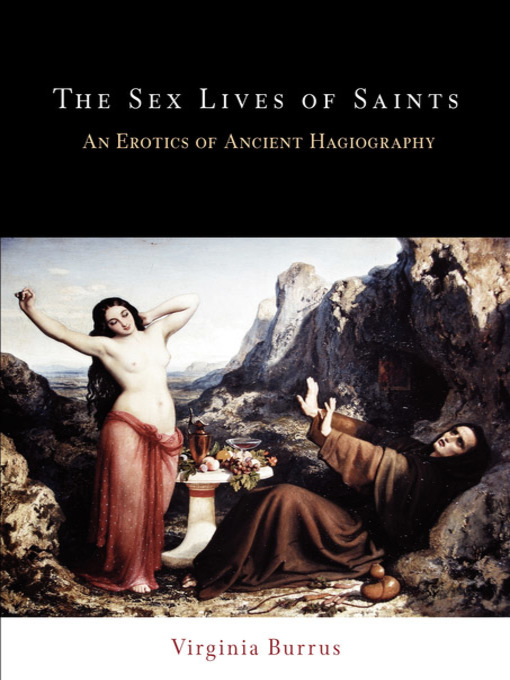Has a repressive morality been the primary contribution of Christianity to the history of sexuality? The ascetic concerns that pervade ancient Christian texts would seem to support such a common assumption. Focusing on hagiographical literature, Virginia Burrus pursues a fresh path of interpretation, arguing that the early accounts of the lives of saints are not antierotic but rather convey a sublimely transgressive "countereroticism" that resists the marital, procreative ethic of sexuality found in other strands of Christian tradition.
Without reducing the erotics of ancient hagiography to a single formula, The Sex Lives of Saints frames the broad historical, theological, and theoretical issues at stake in such a revisionist interpretation of ascetic eroticism, with particular reference to the work of Michel Foucault and Georges Bataille, David Halperin and Geoffrey Harpham, Leo Bersani and Jean Baudrillard. Burrus subsequently proceeds through close, performative readings of the earliest Lives of Saints, mostly dating to the late fourth and early fifth centuries—Jerome's Lives of Paul, Malchus, Hilarion, and Paula; Gregory of Nyssa's Life of Macrina; Augustine's portrait of Monica; Sulpicius Severus's Life of Martin; and the slightly later Lives of so-called harlot saints. Queer, s/m, and postcolonial theories are among the contemporary discourses that prove intriguingly resonant with an ancient art of "saintly" loving that remains, in Burrus's reading, promisingly mobile, diverse, and open-ended.
- Available now
- New eBook additions
- New teen additions
- New kids additions
- Most popular
- Try something different
- See all
- Available now
- Audiobooks for the Whole Family
- Audiobooks Under 3 Hours
- New audiobook additions
- New teen additions
- New kids additions
- Most popular
- Try something different
- See all
- Popular Magazines
- Just Added
- Cooking & Food
- Fashion
- Health & Fitness
- Home & Garden
- News & Politics
- See all

